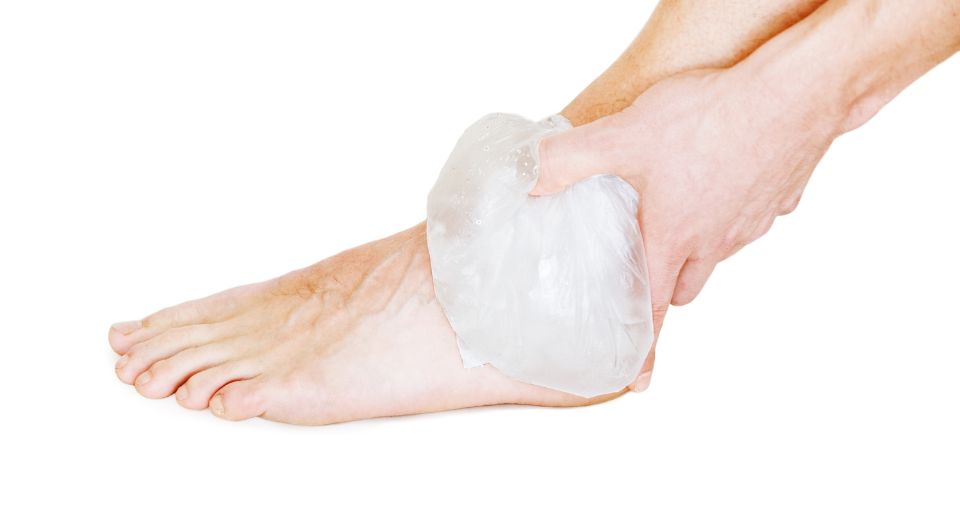
Author: Bree Maloney
As a former collegiate athlete, I’ve had my share of sports injuries. When one occurred, I usually iced where it hurt, wrapped it up in a bandage and waited for the swelling or pain to dissipate. It wasn’t until I learned from my sports trainer the importance of when to apply ice and when to apply heat to an injury. Applying heat may sound like the best treatment for an injury, right? Despite how good it may feel, heat may not be the most efficient way to promote healing. So how do you know when to use ice and when to use heat on a sports injury? This is something I asked my sports trainer and learned a valuable lesson I still incorporate today.
The first step is to determine if the injury is acute (an injury that occurred within the last 24-48 hours, ex: sprained ankle) or chronic (one that develops slowly due to overuse or stress, ex: shin splints). Signs and symptoms of an acute injury include swelling, pain, redness and tenderness. Chronic injury pain might not be constantly bothersome, but it can come and go in the form of soreness or dull pain. The importance of determining whether your injury is acute or chronic is to decide if you’re going to apply heat or ice. Ice is the recommended treatment for acute injuries because it helps reduce swelling and controls the pain. Ice is the most effective when it’s applied right after the injury occurs. Heat, on the other hand, increases blood flow and circulation, which is great for chronic injuries such as sore muscles or joint pain. Although heat is ideal for chronic injuries, timing for which you apply heat is very important. Athletes with a chronic injury should apply heat before exercising to stimulate blood flow and increase flexibility. After done exercising, athletes should then apply ice to discourage the onset of swelling and pain.
The difference between heat and ice is simple: heat is for muscles and ice is for injuries. Heat promotes range of motion, blood flow and stimulates muscle relaxation (think of it as your muscles going to the spa). Ice calms down the damaged tissue and slows down blood flow, which reduces swelling, inflammation and pain. Here are some quick helpful tips for when you’re applying heat and ice:
Heat:
- Treat for no longer than 20 minutes at a time
- Never use heat if there is swelling or bruising
- Apply heat using a heating pad or hot wet towel
- Wait 1 hour between heat treatments
Ice:
- Treat for no longer than 20 minutes at a time because more time icing doesn’t exactly mean more relief
- Check your skin every 5 minutes to avoid freezer burn (red or blistered skin), it’s highly recommended to use a thin towel between an ice pack and the skin
- Wait 1 hour in between cold treatments
The information provided is for general interest only and should not be misconstrued as a diagnosis, prognosis or treatment recommendation. This information does not in any way constitute the practice of medicine, or any other health care profession. Readers are directed to consult their health care provider regarding their specific health situation. Marque Medical is not liable for any action taken by a reader based upon this information.

